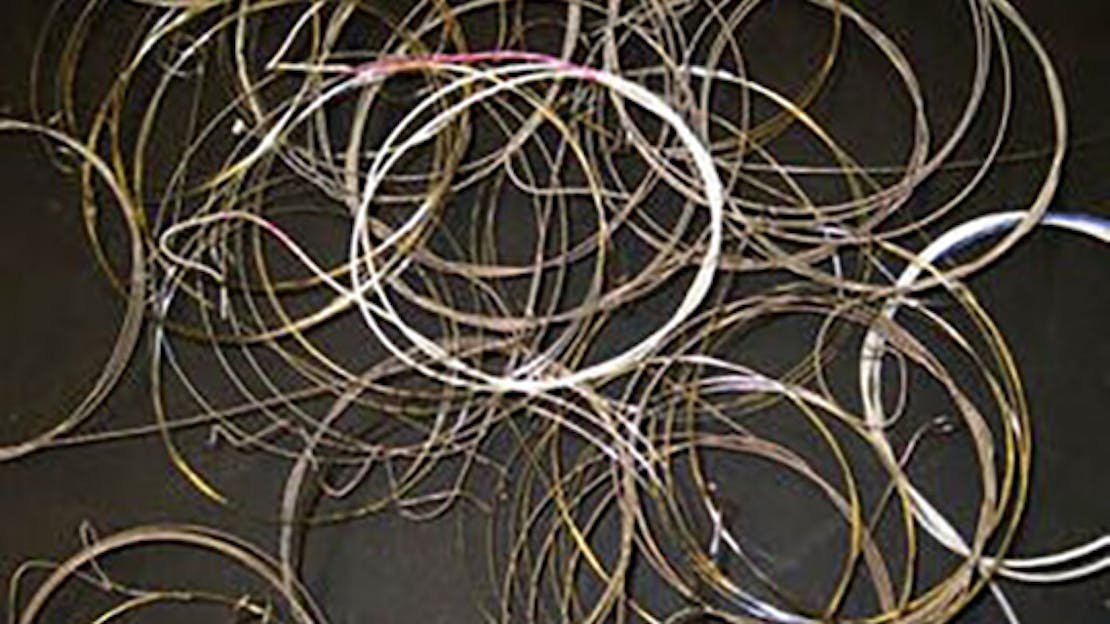
How often should you change the strings on your banjo, guitar, mandolin etc
We are often asked the question ‘How often should I change my Strings’? In the following notes, Eagle Music gives examples of how strings are affected by different players and how they react to usage. How strings ‘work’ and the frequency that you should change them.
There are many answers to this question and it all depends on the player. A professional player who works his strings hard, may change strings for every performance to insure against string breakage during a live performance. A general rule for all players, is to change your strings when they have lost their tone and tune-ability.
Strings have a different tolerance to each individual player. Some players have dry hands and can make their strings last longer, and some players have ‘rusty fingers’ that corrode strings fairly quickly. It’s all relative to how much acid and skin debris you deposit on your strings from your fingers.
The strings are a ‘disposable’ part on your banjo and relatively inexpensive. They greatly affect the tuning, tone, power and projection of your banjo. A new set of strings can transform your instrument and the enjoyment that you will get from it.
Here are some notes for your consideration:
- New strings are brighter with better tone and volume
- New strings tune easily
- Some players like their strings to be ‘played in’ for a week or so, at which time the tone mellows
- Old ‘dying’ strings are difficult to tune, have poor tone and volume
- Low cost ‘budget’ strings wear out and die quickly
- Nickel strings are bright and metallic
- Phosphor bronze strings have a warmer tone
- Nickel wound strings last longer than phosphor bronze wound and are less reactive to players who have ‘rusty fingers’
String cleaners eg. Fast-Fret and Kyser prolong string life and keep strings brighter for longer – Use before and after each playing session.
Coated strings eg. Elixir last longer but some players don’t like the ‘feel’ of the coating.
